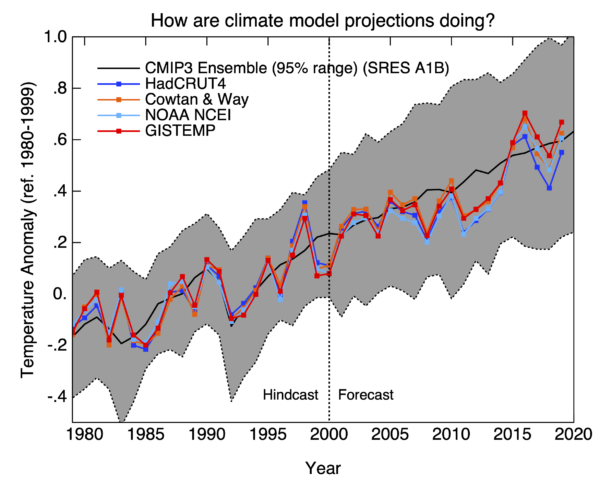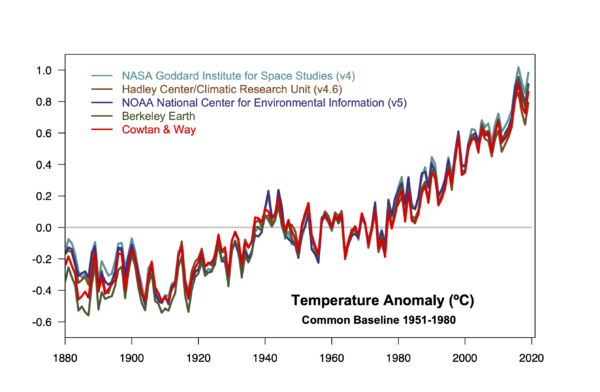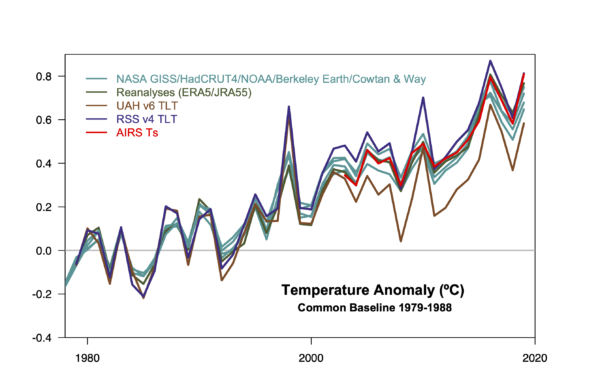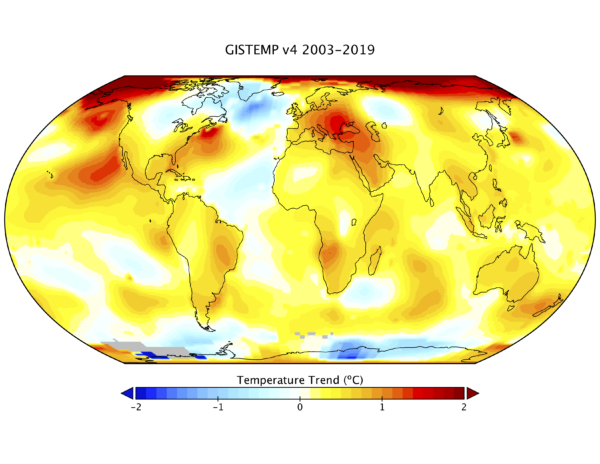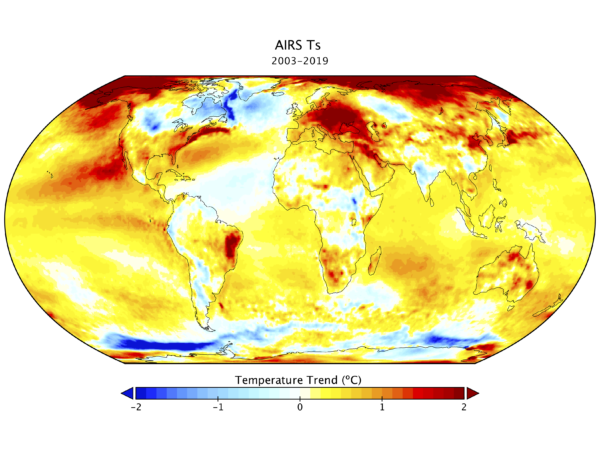How should we discuss scenarios of future emissions? What is the range of scenarios we should explore? These are constant issues in climate modeling and policy discussions, and need to be reassessed every few years as knowledge improves.
I discussed some of this in a post on worst case scenarios a few months ago, but the issue has gained more prominence with a commentary by Zeke Hausfather and Glen Peters in Nature this week (which itself partially derives from ongoing twitter arguments which I won’t link to because there are only so many rabbit holes that you want to fall into).
My brief response to this is here though:
Mike Mann has a short discussion on this as well. But there are many different perspectives around – ranging from the merely posturing to the credible and constructive. The bigger questions are certainly worth discussing, but if the upshot of the current focus is that we just stop using the term ‘business-as-usual’ (as was suggested in the last IPCC report), then that is fine with me, but just not very substantive.
References
- Z. Hausfather, and G.P. Peters, "Emissions – the ‘business as usual’ story is misleading", Nature, vol. 577, pp. 618-620, 2020. http://dx.doi.org/10.1038/d41586-020-00177-3
